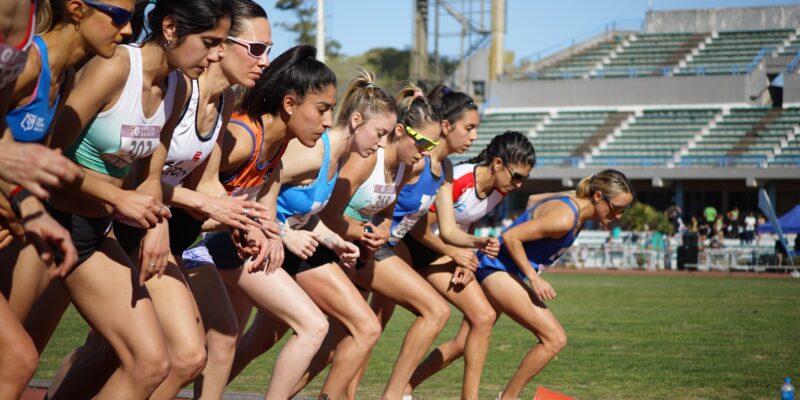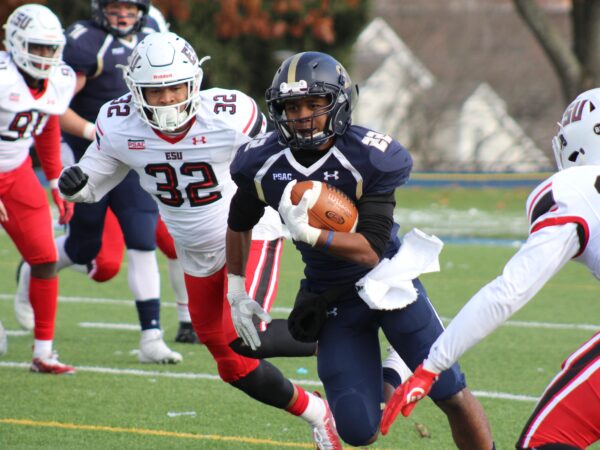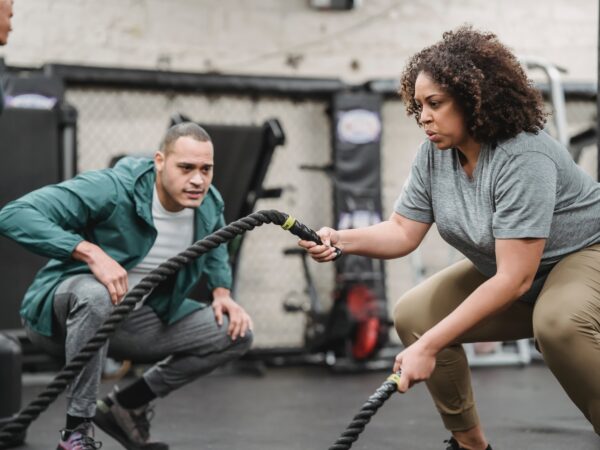As a society, we love sports. Whether we’re cheering for our favorite team or competing ourselves, sports can bring us together and provide a healthy outlet for our energy and emotions. However, when sports go too far, the consequences can be severe to the environment. In this article, we’ll explore the downsides of sports and what we can do to prevent these negative consequences.
Addiction
One of the biggest downsides to sports is addiction. Just like anything else, sports can become an addiction for some people. When we become addicted to sports, we prioritize them over other important parts of our lives, like work and family. We may spend all of our money on sports tickets and memorabilia, neglect our relationships, and even skip work or school to participate in or watch sports.
When sports addiction becomes severe, it can turn into a gambling addiction. Gambling on sports is a common way for addicts to get their fix. This is especially common in sports like football and basketball, where there are a lot of games and a lot of opportunities to bet.
Violence
Another downside to sports is the potential for violence. While most athletes play fair and peacefully, we’ve all heard stories of athletes getting into violent altercations on and off the field. Fans can also get violent, especially when their team wins or loses. In some cases, this violence can even lead to fatalities.
Studies have shown that there is a correlation between sports and violence, especially in male athletes. This is because sports can be a way for men to express dominance and aggression, especially in contact sports like football and hockey.
Injuries
Injuries are another downside to sports. While most injuries are minor and heal on their own, some can be severe and even life-threatening. Concussions, for example, are a common injury in contact sports like football, and can cause long-term damage to the brain. Other injuries, like broken bones and torn ligaments, can require surgery and months of rehabilitation.
In addition to physical injuries, sports can also cause mental health issues like depression and anxiety. This is especially true for athletes who suffer from chronic injuries and have to stop playing their sport prematurely.
Pressure
Pressure is a downside to sports that is often overlooked. Athletes, especially those who play at a professional level, are under constant pressure to perform. They are expected to win at all costs, to play through injuries, and to always be at their best. This pressure can take a toll on athletes’ mental health and can cause them to develop mental illnesses like anxiety and depression.
Pressure isn’t just limited to professional athletes, either. Amateur athletes and children who participate in sports can also feel the pressure to perform. Parents and coaches may put pressure on children to excel at their sport, which can lead to burnout and mental health issues.
Performance-enhancing drugs
Performance-enhancing drugs (PEDs) are drugs that are used to improve athletic performance. They are used by athletes at all levels, from amateur to professional. While some PEDs are legal and are used to treat medical conditions, others are illegal and can cause serious health problems.
PEDs can cause a variety of health problems, including heart disease, liver damage, and infertility. They can also be addictive, causing athletes to prioritize using them over other important parts of their lives, like work and family.
What can we do to Prevent these downsides?
While the downsides of sports can seem overwhelming, there are things we can do to prevent them. Here are some ideas:
1. Educate athletes, parents, and coaches about the downsides of sports: By raising awareness about these issues, people can be more mindful of their behavior and can take steps to prevent negative consequences.
2. Encourage safe and healthy practices: For example, athletes should be encouraged to wear protective gear when playing contact sports, and parents and coaches should discourage athletes from playing through injuries.
3. Provide mental health resources: Athletes and their families should have access to mental health resources like therapy and support groups. These resources can help athletes cope with the pressure of sports and can prevent them from developing mental health issues.
4. Crack down on PED use: Sporting organizations should have strict policies in place to prevent PED use. Athletes should be regularly tested for PEDs, and those who are caught using them should be punished.
5. Promote good sportsmanship: Athletes, coaches, and fans should be encouraged to practice good sportsmanship at all times. This means showing respect to opponents and officials, and not resorting to violence or other negative behaviors.
Conclusion
Sports can be a source of joy and inspiration, but when they go too far, the consequences can be severe. Addiction, violence, injuries, pressure, and PED use are just some of the downsides of sports. By raising awareness about these issues and taking steps to prevent them, we can ensure that sports remain a positive force in our lives.











